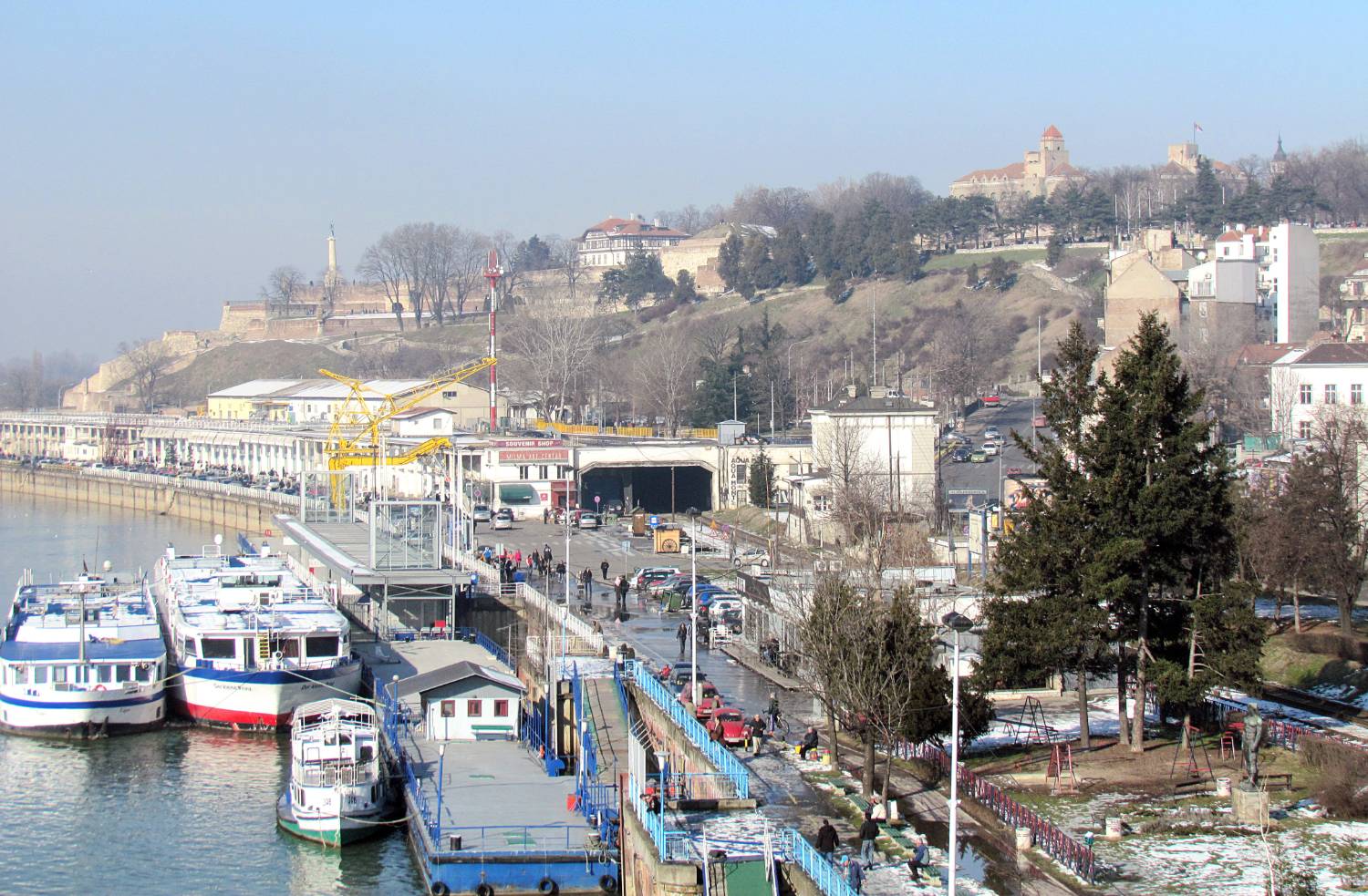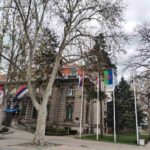The article was originally published in Novi magazin.
Photo: Novi magazin archive
The European Union provides ideas and money for faster connection of the countries of the Western Balkans, both with each other and with the EU. The question is whether we use those resources and how.
The only international organization derived from the Berlin Process whose headquarters are in Belgrade is the Transport Community (TC). It was created to “develop the transport network between the European Union (EU) and the countries of Southeast Europe (SEE)”, but also to ”expand the EU rules, principles and policies for the transport market, as stated in the Treaty establishing the to the Balkan Western Balkans (WB)… through a legally binding framework” (Trieste, 2017). The TC Agreement applies to all types of traffic except air transport, which is covered by other internationally valid regulations.
In Nikola Cuckić’s analysis written last year, we read that, in addition to the establishment of the TC, the Berlin Process, and within the EU’s “Connectivity Agenda”, promised 880 million euros in grants to co-finance 39 regional projects, 32 of which are in transport and seven in the field of energy. What are these projects in Serbia? Modernization, ie electrification of railway infrastructure (sections Nis – Brestovac, Sićevo – Dimitrovgrad, Niš – Dimitrovgrad); construction of an intermodal terminal in Batajnica; transmission lines from Kragujevac to Kraljevo within the Trans-Balkan Electric Corridor; gas interconnector from Nis to the Bulgarian border and the section of the highway from Nis to Pristina (the first section, Nis – Plocnik).
RAILWAYS: In an interview for the European Western Balkans portal in September 2020, the ambitious Secretary General of the Transport Community Matej Zakonjšek (Slovenian diplomat with extensive experience in the private sector) pointed out that “first (we must make) rail transport possible and attractive for citizens, as well as for the economy. That is why we have to invest in the railway system and support multimodal solutions in order to move as much cargo as possible from the roads to the railways”. At the same time, greater use of river transport would make “the air cleaner and the roads safer”.
Together with the Regional Cooperation Council (RCC) and CEFTA, the TC contributed to the establishment of “green corridors”, within which, at the very beginning of the pandemic crisis, certain types of goods (primarily food and medical equipment) had priority treatment at defined border crossings, thanks to the electronic exchange of information and the all-day activity of the customs services. On the other hand, for a long time now, the TC has been insisting that truck drivers be considered “essential workers” and allowed to move freely across the borders, without the unnecessary checks that Greece has recently applied on its border with North Macedonia.
One of the positive examples of cooperation that originated from the “mini-Schengen”, and how important it is to all current processes of regional cooperation, is the application of the so-called “one stop shop” principle at border crossings (Zakonjšek says “one stop go”), with one stop and check of passengers and goods; the first to be operational was the Tabanovce – Presevo crossing (North Macedonia / Serbia). It is said that the TC is ready to mediate in the establishment of new ones. As there are none, Zakonjsek pointed out, “the Western Balkans loses 800 million euros a year or 2 EUR per hour per truck due to waiting at the border”. If you want to see how this looks like, it is enough to go to Sremska Rača crossing.
The EU declared 2021 the “Year of the Railway”, and it is not surprising that among the priorities of the TC, the first place was taken by the renovation and further construction of the railway infrastructure. This is followed by the encouragement of river traffic (inland waterways), and the effort to establish “green corridors” towards the WB / SEE countries that are members of the EU (e.g., Romania). There is also the “Sustainable Mobility Strategy for WB”, on which work has recently begun. Work will also be done to promote multimodality (“freight transport under one contract with one carrier, which will include more than one modes of transport”). Long-term goals regards the de-carbonisation of transport (here, again, the railway is key) and the use of alternative fuels.
PRIORITIES: Concrete, priority projects whose implementation is supported in some sense by the TC (and financed by other EU institutions, such as the EBRD and the EIB) are: the continuation of the construction of the road corridor Vc (Budapest – Opuzen, Croatia) in Bosnia and Herzegovina – Gradiška bridge – Svilaj across the Sava River, as well as other sections towards Sarajevo, i.e. Mostar. Then, the first sections of the “highway of peace” Nis – Pristina, as well as railway connections (intended primarily for cargo traffic; it is difficult, at least in the first years of exploitation, to imagine a passenger line). In Montenegro, the TC will support the cost-benefit analysis of further implementation of the Bar-Boljare highway project, as well as the potential for the construction of a bypass around Podgorica. Finally, the common railway market is planned, ie the services it provides.
There are several challenges ahead for TC. The first, which may not be such a problem – to successfully navigate in the context of the efforts of stakeholders who are pushing, each in turn, initiatives within the “mini Schengen”, or common regional market. Second, to persuade at least one of the EU members to allow for establishment of “green corridors” towards them. A bigger problem for carriers is not the borders within the “Six”, but precisely towards Hungary and Croatia, ie the situation at the Horgos and Batrovci crossings, where the possibility to influence speed is small. Third, the implementation of key infrastructure projects in the Balkans is proverbially delayed. Better design, and planning and implementation (and ultimately monitoring) could help.
There is also a connection (if it is deemed necessary at all) with infrastructure projects that, at the invitation of local leaders, are being pushed by famous “third actors” (China, Russia and Turkey, but also the USA). Because, Bosnia will certainly benefit from the renewal and construction of new roads to Serbia (Tasjapi); Kosovo from the “highway of peace” (will the American DFC finance the second section?) As well as, after all, Montenegro and Serbia from the continuation of the project whose benefit is perhaps the most difficult to assess (Požega – Boljare). Where and how the EU-supported infrastructure connects to that infrastructure is not just a question for candidate countries.
Author is Executive Director of the Belgrade Fund for Political Excellence













